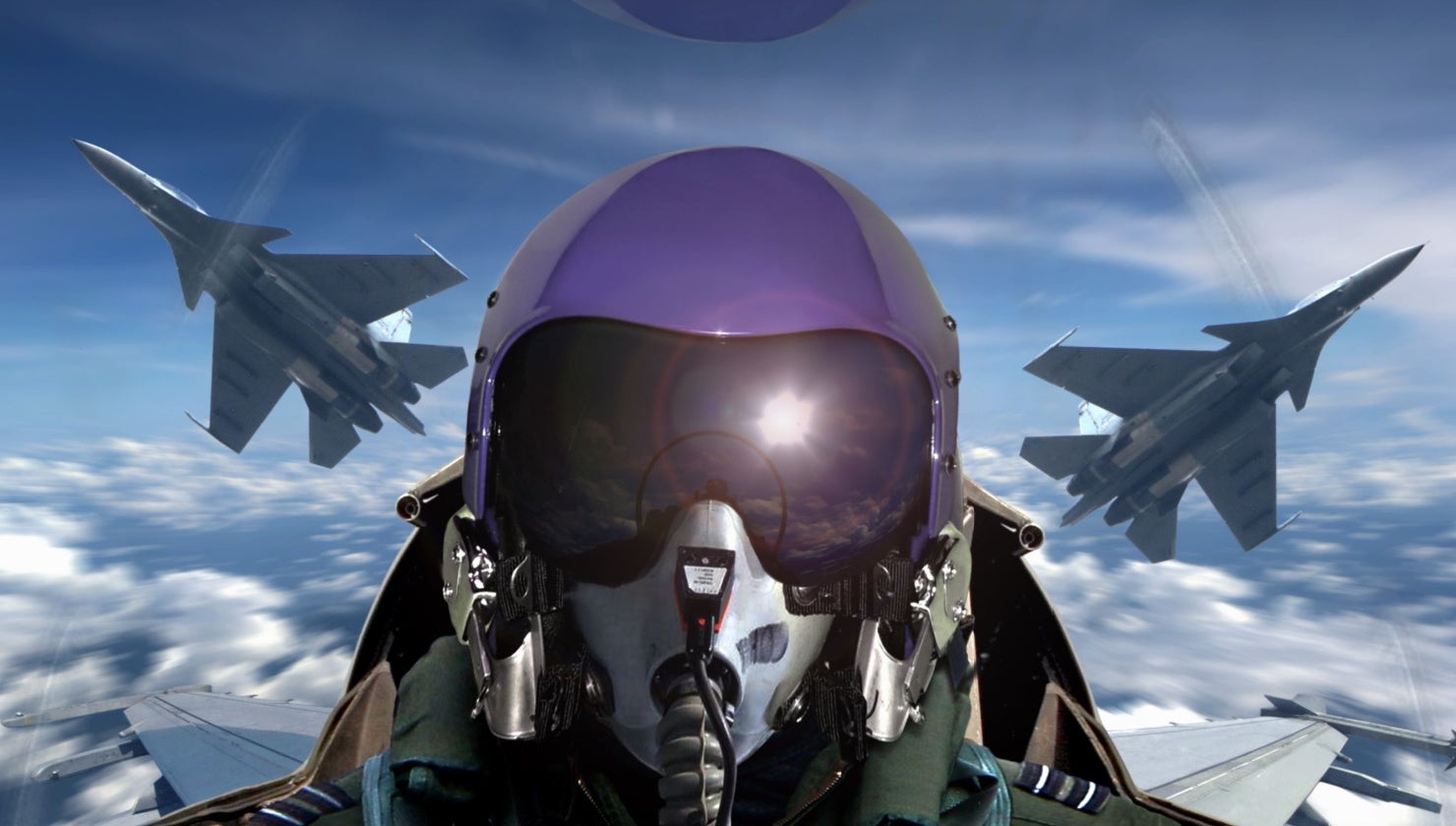Artificial Intelligence (AI) is the future of aviation.
AI pilots are developing at a rapid rate and are now beginning to be integrated into fighter systems. They will be cheaper in the long term and have significant benefits in aerial operations.
While they pose many advantages over human pilots, they also need to be treated with respect and diligence – as does all AI with military applications. AI is already capable of piloting drones. It uses computer vision by processing images captured by cameras, lidar [light detection and ranging] and thermal imaging sensors. This is achieved by onboard image processing through a neural network that teaches computers to process data through interconnected nodes or neurons in a layered structure resembling a human brain. It enables drones to perform object detection, classification and tracking to avoid colliding with obstacles.
UAVs rely on AI
Unmanned aerial vehicles (UAVs) are used for reconnaissance, surveillance and long-distance strikes. They were previously controlled manually but are now gaining more autonomy and relying more heavily on AI.
The first AI pilot, Hivemind, was developed by Shield AI and has been deployed since 2018. It pilots the Nova, an indoor drone, navigating subterranean and multi-storey buildings, and the V-BAT, a modular unmanned aerial system (UAS) that is capable of advanced surveillance, persistent reconnaissance and electronic warfare. It can also pilot an F-16, with a 99% win rate in simulated dogfights against active-duty Air Force and Navy fighter pilots.
Hivemind implementation
Hivemind will be deployed as a digital co-pilot on United States Air Force (USAF) F-16s, with Shield AI planning to scale Hivemind across F-22s and F-18s. This could have major cost-saving benefits, as it will keep current fighter jets technologically competitive and prolong lifespans. Shield AI has also teamed up with Kratos to integrate AI piloting on the Valkyrie XQ-58, which has been tested as part of Skyborg’s collaborative combat aircraft programme.
AI often thinks completely differently and more quickly than humans, providing a massive advantage in dogfights. In 2020, at the AlphaDogfight Trials, Heron Systems’ F-16 AI defeated an experienced F-16 pilot 5-0 with aggressive and precise manoeuvres. It also undertook manoeuvres which are banned in human flight training due to collision risks.
Heron Systems was acquired by Shield AI in 2021. Pilotless aircraft can withstand higher G-limits, as they only have to consider the limit of the airframe and onboard equipment. Humans are restricted by their oxygen requirements, needing oxygen masks at heights over 10,000 feet. As well as superior reaction speeds, AI also has quicker cognition, making it far superior to human pilots in the simulated dogfights which have taken place so far. Researchers at the China Aerodynamics Research and Development Centre recently pitted AI against a human pilot on an unmanned aircraft, with the human pilot controlling the UAV from the ground. The AI was able to counter every move the human pilot made with ease, beating them in just 90 seconds.
AI under test
In December 2022, two AIs were tested on the X-62A, carrying out 12 flights in real-world airspace. The USAF research lab’s autonomous air combat operations (AACO) AI performed one-on-one beyond-visual-range engagements against a simulated enemy. The Defense Advanced Research Projects Agency’s (DARPA) air combat evolution’s (ACE) AI performed one-on-one within-visual-range manoeuvres against adversary AIs. The X-62A was also flown for over 17 hours by an AI in one of the test flights.
The next generation of air dominance (NGAD) programmes will most likely have an AI copilot, augmenting the human decision-making process. Within NGAD, collaborative combat aircraft (CCA) will also have AI pilots. The aim of CCA is to team NGAD fighters with AI-piloted drones. The USAF is planning to buy 1,000 CCA drones to pair with 300 F-35As and 200 NGAD fighters. With the USAF planning to award a contract for NGAD in 2024 and the US planning to spend more than $6 billion on CCA research and development over the next five years, we should see these new sixth-generation systems in place over the coming decade. The British RAF’s Tempest is also due to be teamed with AI drones and is planned to be in service in 2035, working alongside the UK’s F-35Bs.
The Global Combat Air Programme (GCAP) is a collaboration between the UK, Japan and Italy to develop Tempest. The UK is expected to spend $926m on the project throughout 2023. The US Navy is looking to develop the F/A-XX, asking for $1.52 billion from the 2024 defence budget. The B-21, the first sixth-generation aircraft, is expected by Northrop Grumman to conduct its first flight in 2023. It will use AI and machine learning to perform comparative analysis and prioritise data for the pilot, so that they can perform the observation-orientation-decision-action (OODA) loop faster.
Despite the great advances in this technology, there should also be consideration of the ethical implications. If left unchecked, AI would be given the power to take human lives. Militaries are currently keen to keep humans in the “kill chain” and NGAD seems to have a human pilot on the loop of control, where they are notified of targets by CCAs and have decision authority. However, no-one can legally account for the actions of an autonomous system and the United Nations (UN) adjourned without a decision when discussing the topic in November 2021.
In July 2023, the UN secretary-general urged states to adopt a legal policy of regulation for autonomous weapons to be decided by 2026. Over the next decade, aerial warfare will change immeasurably due to AI and those who lag behind will face a serious risk to their national security. Humans have physical limits and when these are removed, the capabilities of combat fighters improve to a point far superior to anything that has come before.






